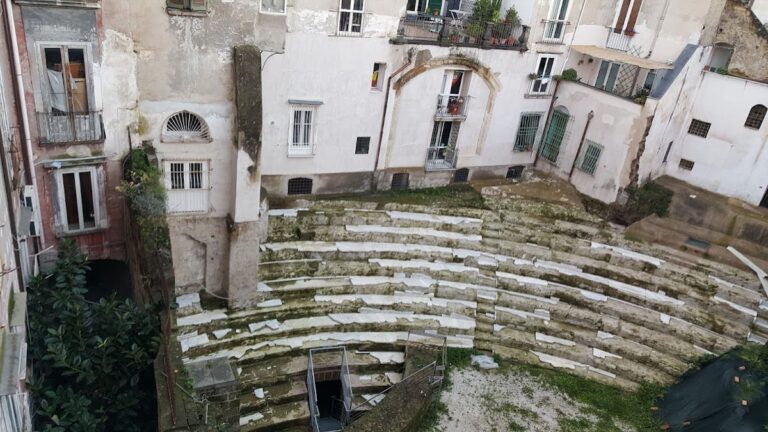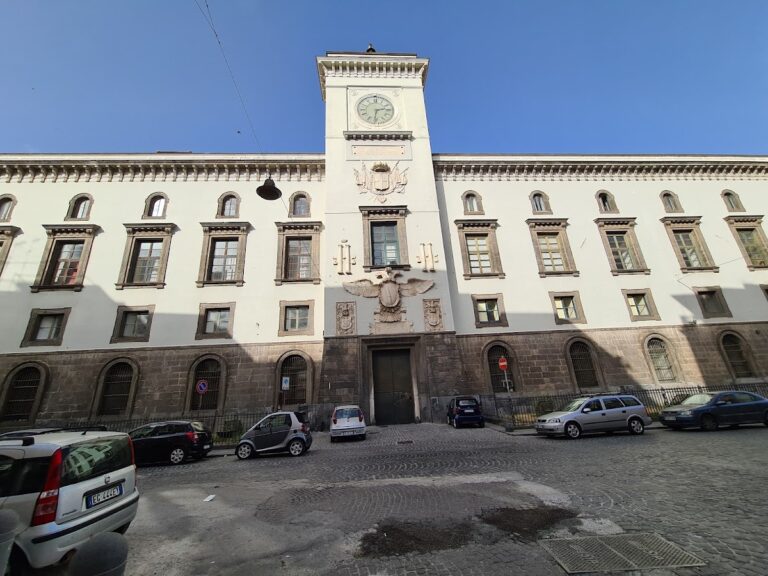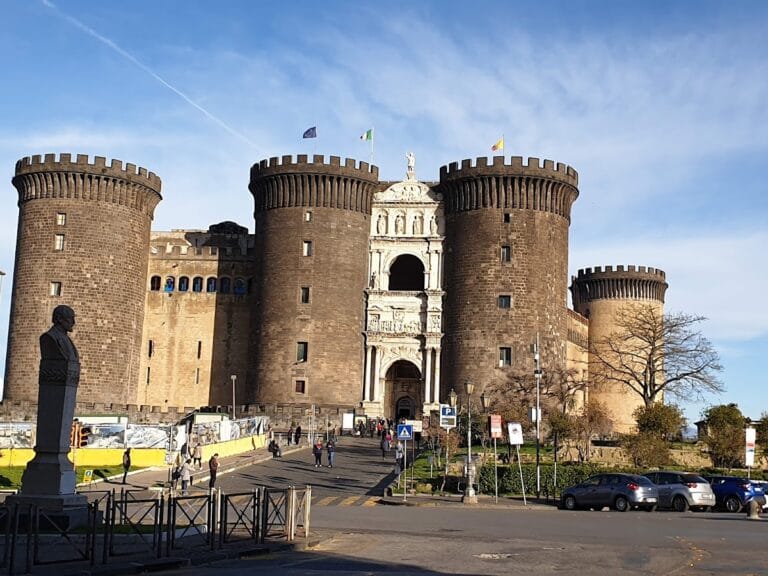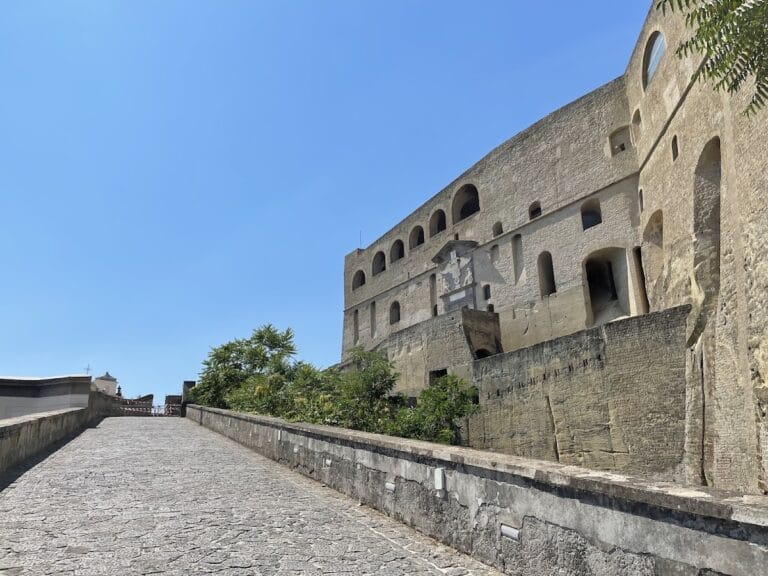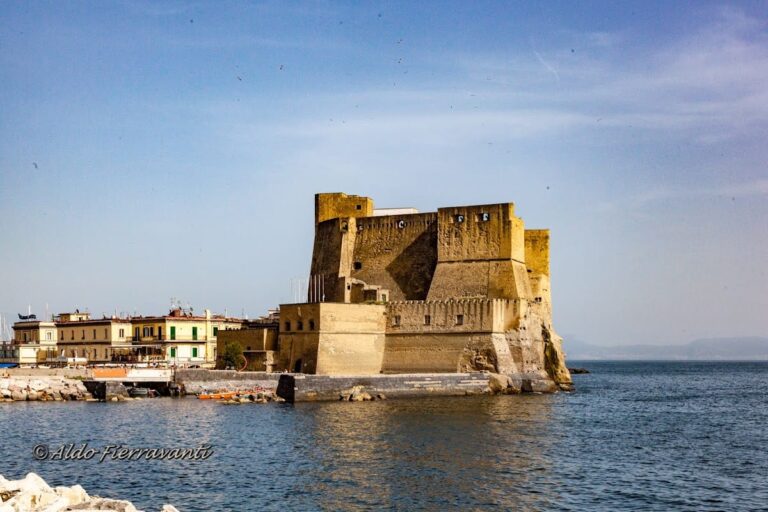Statue of the Nile God in Naples: A Roman-Egyptian Monument
Visitor Information
Google Rating: 4.4
Popularity: Low
Google Maps: View on Google Maps
Country: Italy
Civilization: Roman
Remains: Civic
History
The Statue of the Nile God stands in Naples, Italy, within the historic center at Largo Corpo di Napoli. It was created in the 2nd century AD by the Roman civilization, specifically commissioned by the Alexandrian Egyptian community living in Naples during the Greco-Roman era. This group revered the Nile River as a divine figure representing prosperity and wealth, which inspired the statue’s subject.
In the 12th century, the statue was found without its head during the construction of the first Sedile di Nilo, an administrative building for the local medieval quarter. After its discovery, the statue was likely moved to the nearby monastery of Santa Maria Donnaromita. It reappeared in the late 15th century when the second Sedile di Nilo was built between 1476 and 1507. Because the head was missing, locals mistakenly thought the figure was a woman nursing children, leading to the statue and the square being called “Corpo di Napoli,” meaning “Body of Naples.” Despite this confusion, historical writers like Angelo di Costanzo in 1581 preserved the original identification of the statue as the Nile God. The Sedile di Nilo itself took its name from the statue.
In 1657, after the old Sedile was demolished, the statue was placed on a new pedestal made of piperno stone. Sculptor Bartolomeo Mori restored it by adding a bearded male head, replacing the right arm, and including symbolic elements such as a cornucopia, a crocodile head near the feet, a sphinx head under the left arm, and several putti (cherubic figures). Later, between the late 18th and early 19th centuries, Angelo Viva carried out further restorations to repair damage caused by vandalism.
During the post-World War II period, two of the three putti and the sphinx head were stolen. The sphinx head was recovered in Austria in 2013 by the Carabinieri’s Cultural Heritage Protection unit. The statue underwent restorations in 1993 and again from 2013 to 2014. The final restoration included reintegrating the sphinx head, and the statue was publicly inaugurated on November 15, 2014.
Remains
The statue depicts the Nile God as a reclining, bearded elderly man, semi-nude, resting on stylized river waves. It holds a cornucopia in the right hand and leans the left arm on a sphinx wearing a traditional Egyptian klaft headdress. The figure’s feet rest near a crocodile head with leonine paws, symbolizing Ammut, the Egyptian devourer of souls. This crocodile head is a restored feature.
One putto remains clinging to the god’s chest, likely representing a tributary of the Nile; originally, there were three putti. The statue’s original Roman parts include the torso, veiled lower limbs, left arm and shoulder, the wave-like base, and the bodies of the crocodile and sphinx, except for the sphinx’s head.
The statue stands on a piperno stone pedestal built in 1657. This pedestal bears a Latin inscription that commemorates the statue’s history and restorations, including one in 1734 sponsored by the noble Dentice and Caracciolo families and architect Ferdinando Sanfelice. The inscription contains a minor error in the date of the first restoration, listing 1667 instead of 1657, which was later corrected in epigrams by Matteo Egizio.
The statue remains in Largo Corpo di Napoli, near the church of Santa Maria Assunta dei Pignatelli and Palazzo del Panormita. This area corresponds to the traditional Alexandrian quarter of Naples, historically known as Regio Nilensis.





